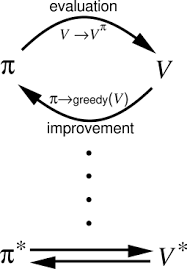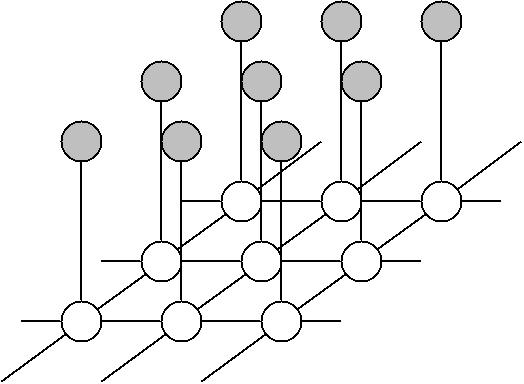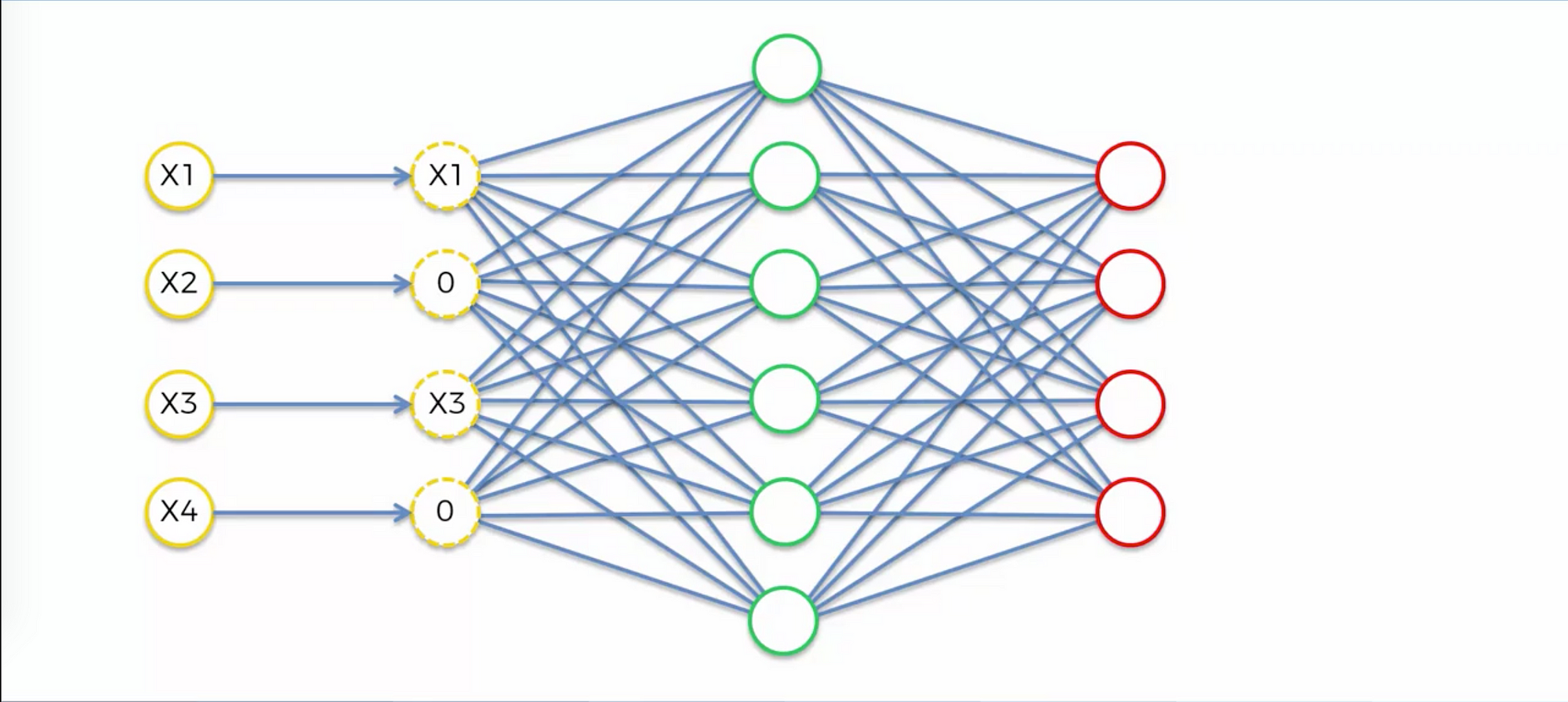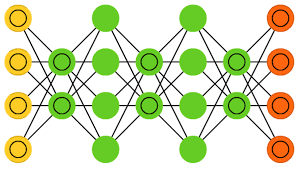Q-Learning, introduced in 1989 by Chris Watkins, is a model-free reinforcement learning algorithm that discovers optimal decision-making strategies by evaluating actions in a given state. It is widely applied for scalable problem-solving, from fraud detection to energy grid optimisation and public transport scheduling.
Policy iteration, first introduced in the 1950s by Richard Bellman and refined by Andrew Barto and Richard Sutton, is a fundamental method in Reinforcement Learning for optimising decision-making strategies. By iteratively evaluating and improving policies, it ensures efficient and adaptive solutions for complex sequential decision problems.
Machine learning, introduced in the 1950s by Arthur Samuel, is like a digital chef’s apprentice that learns from data to create innovative solutions. From predicting trends to automating tasks, machine learning enhances efficiency across industries, including government applications in Australia.
Markov Random Fields (MRFs), introduced through Andrey Markov’s early 20th-century work and formalised by Julian Besag in the 1970s, are probabilistic graphical models for representing contextual dependencies. Widely used in applications like image processing, natural language processing, and environmental modeling, MRFs capture relationships within structured data.
Denoising autoencoders, introduced in 2008 by Pascal Vincent, are neural networks designed to reconstruct clean data from noisy inputs. Widely used in medical imaging, satellite data analysis, and speech processing, they enhance data quality and enable robust feature extraction.
Deep Belief Networks (DBNs), introduced in 2006 by Geoffrey Hinton and colleagues, revolutionised unsupervised learning by enabling hierarchical feature extraction and robust data representation. Widely used in industries like healthcare, finance, and transport, DBNs enhance tasks such as image recognition, NLP, and time-series prediction.
1. The Treadmill of Imitation: Moving Without Progress In 2013, I found myself on a treadmill—not just any treadmill, but one that whispered sweet lies in my ear. At Asaleo Care, we were benchmarking sanitary napkin products like Libra and …
This blog highlights the risks of relying on inadequate BPM tools, comparing them to unqualified partners that hinder progress. By choosing the right BPM tool, organisations can transform their workflows, enhance collaboration, and achieve measurable results.
2024’s Unexpected Challenges—When Processes Fall Short: 2024 wasn’t just a challenging year—it was a time of unforeseen adjustments. My partner and I both found ourselves transitioning out of our jobs, and suddenly, our home loan—our anchor to stability—became a pressing …
This blog uses a metaphorical narrative of “Invoice” as a wandering character to highlight the pitfalls of poorly understood business processes. It underscores the importance of clarity, collaboration, and intentional design in creating streamlined, efficient workflows.










